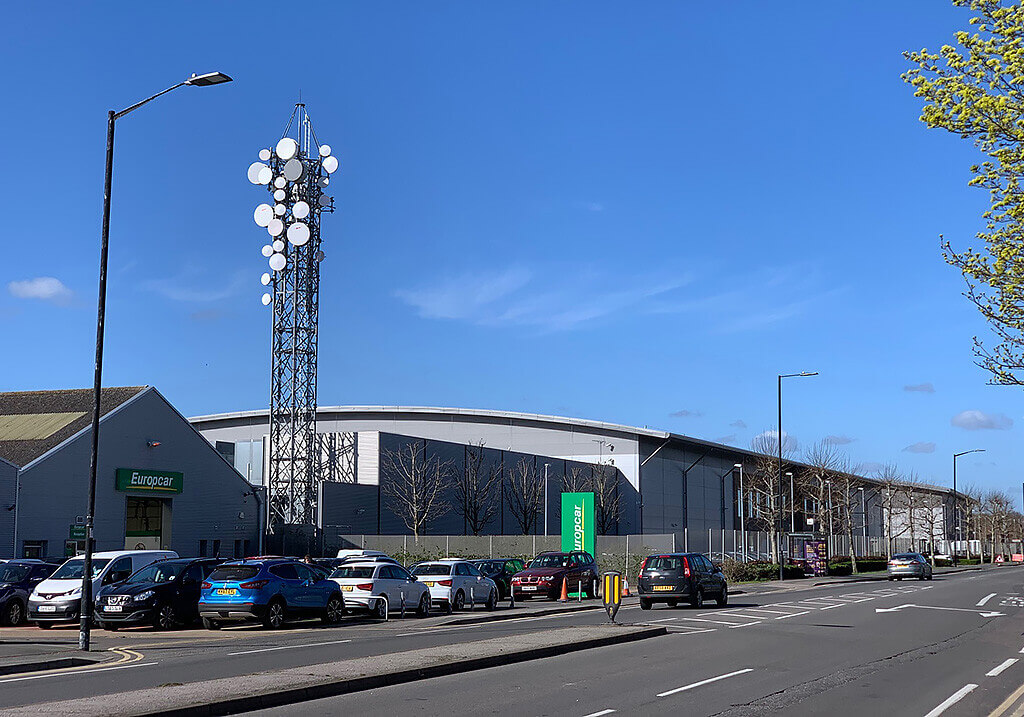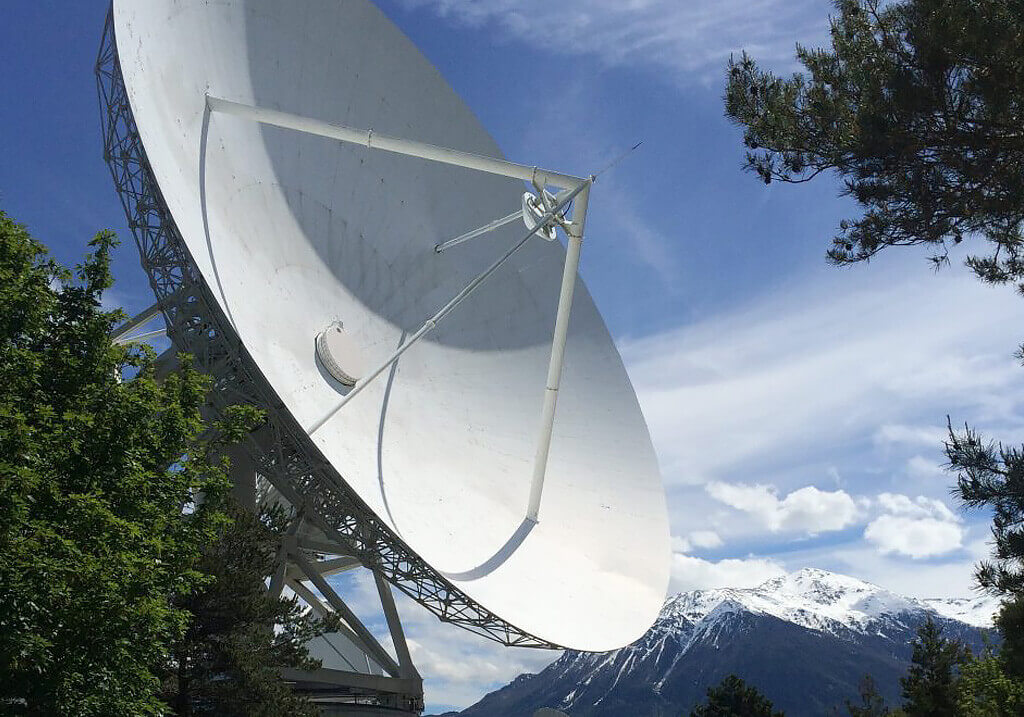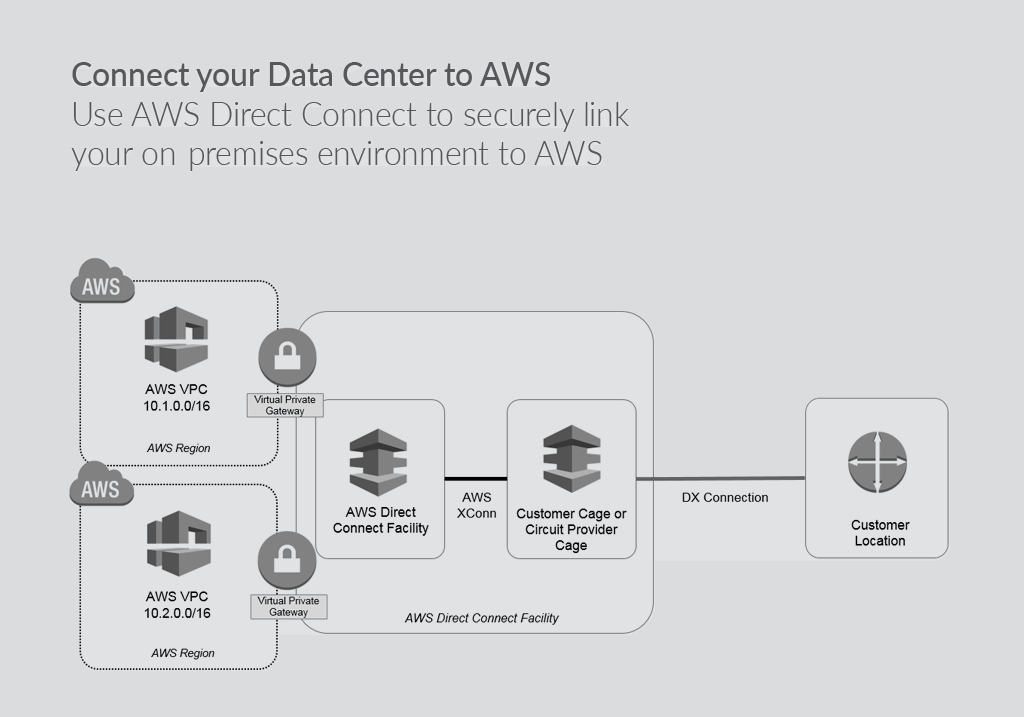How Data Centres Work | Part 4
Data centre connectivity is key to digital infrastructure. In this article we look at language and phrases which the industry uses, as well as the various types of connections… from traditional copper cabling to more mainstream fibre optic cable and microwave communications, as well as emerging technologies such as 5G and LEO satellite communications.
The ‘How Data Centres Work’ series
1. Introduction
2. Risk
3. Power
4. Connectivity
The Jargon
Before we go any further, let’s define a few phrases which will crop up a lot when discussing data centre connectivity…
“Carrier-neutral“
I am often asked what is meant by the phrase ‘carrier neutral data centre’. In simple terms, it applies only to colocation facilities, and it means that the end customer has a choice of telecoms provider (also known as the “carrier”). There is no upper limit to the number or ‘diversity’ of carriers, but certainly there must be at least two carriers and typically we would expect to see five or more.
“Carrier Hotel“
The phrase “Carrier Hotel” refers to an exceptionally well connected data centre, one where tens of carriers can meet up and connect with one another. Carrier hotels are typically smaller data centres in urban areas, and are among the oldest facilities by their nature. The advantage of such high data centre connectivity however means these older facilities can attract rental premiums above their newer rivals.
“Meet-Me Room”
Within a data centre there will be one or two Meet-Me Rooms (MMRs). If there is more than one MMR, they will likely be located at opposite ends of the facility in order to increase resilience. The MMR is where the data centre end user’s servers will meet with their carrier of choice. If for example you have a contract with BT, you will need to connect to the BT server in the MMR of the data centre in which you have your servers.
“Point-of-Presence” & “Peering Points”
A Point-of-Presence (PoP) describes a carrier or network’s server being in the MMR. The physical location where two network PoPs meet is known as a Peering Point.
“Cross Connects”
You are a data centre operator with two different customers in your facility. They want to plug a data cable between each other in order to benefit from connecting their networks without any external carrier charges. You recognise this, and so you charge them a monthly ‘Cross Connect’ rent in return for allowing them to do so. Customers are happy to pay for this because of the advantages to their business achieved through direct interconnection with one another.
“On-Ramp”
Most public cloud providers offer PoPs in many facilities around the world in order to facilitate access to their services. Examples include Amazon Direct Connect, Microsoft Azure ExpressRoute and Google Cloud Interconnect. We refer to these services as “On-Ramps” and they are a type of PoP. Once you have patched into an on-ramp, you are part of on-ramp provider’s local network. This reduces data transit costs when compared to the cost of connection via a traditional Internet Service Provider.
“Internet Exchange Point”
An Internet Exchange Point (IXP) is a private network which an organisation might create for the benefit of its members (or customers). IXPs reduce costs and network traffic by creating a single data exchange point for networks. Since such a large portion of traffic flows through them, IXPs are often used to measure internet traffic. While they often start within a Carrier Hotel, IXP PoPs are often located in multiple data centres.
“Convergence”
There are also network providers who offer a mixture of direct interconnection and IXP-type services, often with a Software-Defined Network (SDN) that optimises the connection based on a customer’s requirements. In many cases, dedicated companies, such as Megaport provide converged networking; however we are increasingly seeing convergence in digital infrastructure with data centre operators offering more in the way of networking and interconnection options. In particular, one of the largest data centre operators globally, Equinix, now derives a major proportion of its revenues from Cross Connects and other interconnection charges.
The hardware
Within a data centre, servers can be linked via copper cabling in much the same way as computers are connected in an office. However, at the heart of today’s telecommunications network sits fibre optic cable. Telecoms companies from around the world connect their physical networks with one another to create the information backbone of our modern world.
Fibre Optic Cable
Glass Fibre has a much higher bandwidth than the copper cabling found in the majority of home connections. Data through fibre travels much further without needing boosting. Fibre is often bundled into cables comprising hundreds of individual strands allowing Terabits of bandwidth.
Telecoms companies mostly bury fibre in the ground or lay it on the seafloor. The process is costly and time-consuming, with every kilometre potentially costing hundreds of thousands of dollars. Construction works will occasionally damage buried cables. Telcos mitigate network interruption by laying multiple redundant routes. They can then reroute data away from affected areas. This does however further increase the cost of establishing a fibre network.
Microwave Communications
Operators sometimes make use of directed microwave antennae for data centre connectivity. Directed microwaves carry two advantages over fibre; first, the signal travels in a straight line to its destination; second, they travel through air faster than than light does through fibre optic cable. For these reasons, users who need ultra-low latency favour microwave communications. Data centres linked to financial activity will have directional microwave antennae. In Slough, for example, there are data centres which use directional microwave communications to rapidly connect traders in the City. The disadvantage of directed microwave communication is that it requires a direct line of sight. Without repeater stations, it is limited to line of sight over the horizon.
Satellite Teleports
Certain data centres, such as those associated with broadcasting or military communications, have satellite teleports providing uplink and downlink services. Satellite dishes need line-of-sight to a satellite to function, making them ill-suited areas with a restricted horizon.
We expect the need for data centre linked satellite teleports to increase in the near future. Companies are launching new, low-latency and high-bandwidth satellite constellations as a potential viable alternative to fibre for global data transit. These networks could support a significant proportion of non-fixed applications such as autonomous transport networks.

Data centres can use directed microwave communications as an alternative to fibre optic cable

Satellite teleports can be found at some data centre facilities

AWS Direct Connect is a service offered by Amazon to directly connect into the AWS network without going via an ISP

